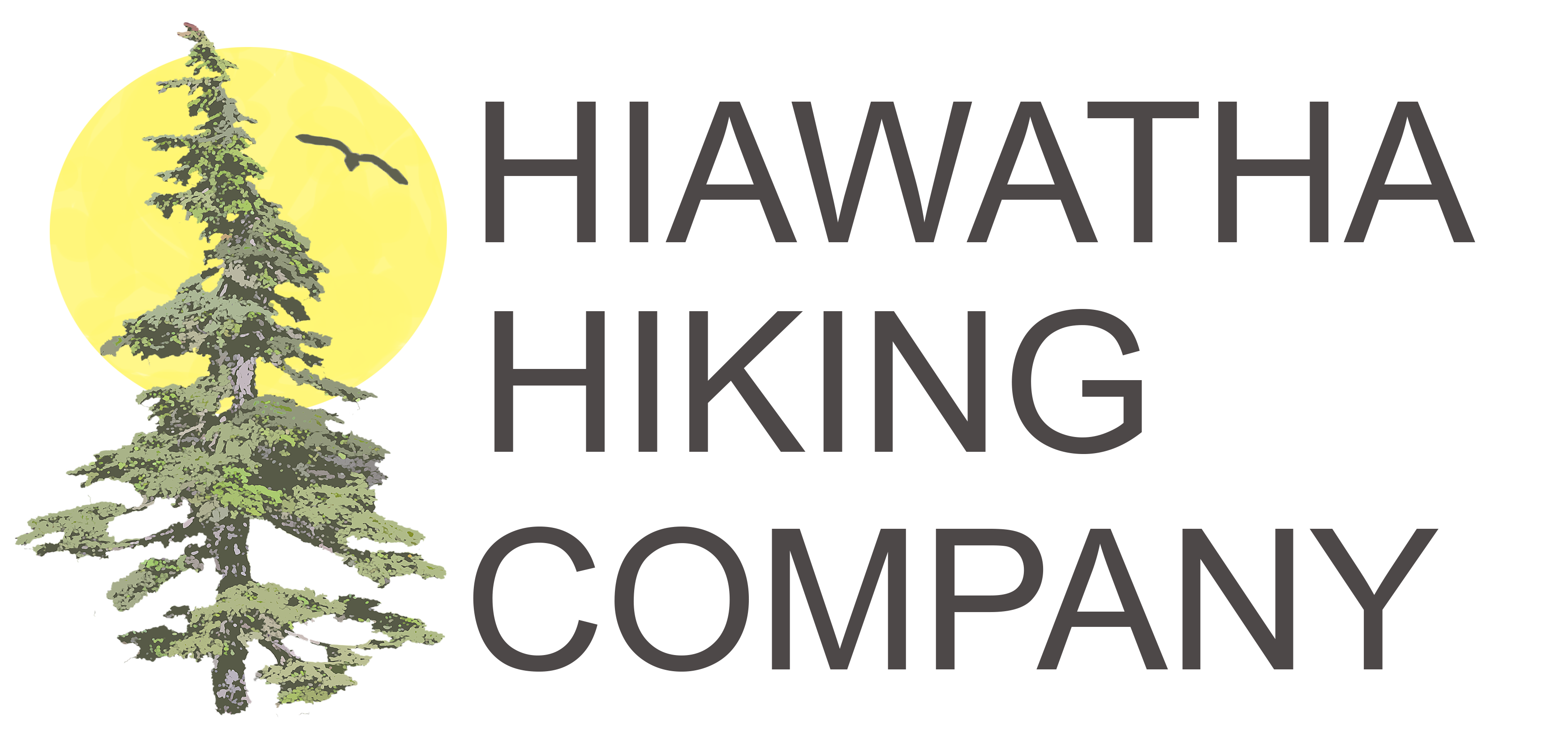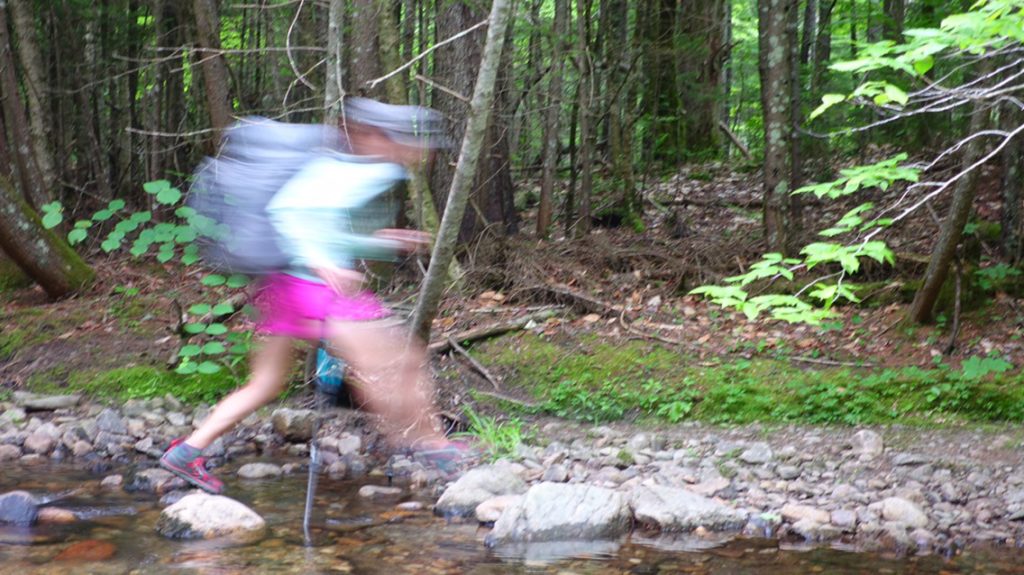Disbelief
“Is this Highway 178?”, I ask a 20-something year old guy who was getting water from a creek with his male hiking partner.
He says to me, “You’re hiking by yourself?”
I respond, “Yeah… I don’t feel like getting out my map and was hoping you could tell me if this is Highway 178?”
“I’m not sure,” he says.
It is March of 2017 and I am on the Foothills Trail in the Carolinas. This is my first solo backpacking trip. It is a 76-mile journey starting at Oconee State Park and ending at Table Rock State Park, traversing the highest point in South Carolina, serving up a severe thunderstorm my second night, and has me encountering concerned and incredulous hikers who are taken aback that I am alone.
I end up getting out my map to confirm where we are (and also confirm there is a water source coming up that is not directly next to a road, not my favorite place to collect water). Small talk ensues after it has been confirmed that I am in fact female, alone, and have survived in the wilderness for more than a day. We talk about where we are headed for the night, how long we have been out on the trail, what we should expect terrain-wise. Typical hiker talk.
When I thru-hiked the Superior Hiking Trail (completing the first 100 miles with Domonick and the remaining 160 miles solo), I camped with a group of middle-aged women who were very eager to hear my reasons for being out there. They were in shock and awe that I was by myself. “I wouldn’t do it!!”, one of them told me.
I have to admit that at one point I was on the other side of the conversation, surprised to see solo female hikers. When Domonick and I were thru-hiking the Pacific Crest Trail in 2016 (Mexico to Canada: 2,600 miles), there were several women who were thru-hiking solo. I remember thinking, “Wow, they must be so brave!!”. I never had that thought when men were by themselves (which was much more typical). Why is there a stigma of women in the woods?

Me at the completion of the Foothills Trail
Stigma
An article entitled, “Women and the Wild: Gender Socialization in Wilderness Recreation Advertising,” by Mcneil, Harris, and Fondren, published in 2012 (see complete citation below) explores the under representation of women in the outdoors. The researchers explored the portrayal of women in advertisements found in two popular outdoor recreation magazines, Backpacker and Outside. They found that women were rarely depicted as being alone in the wilderness, had low levels of engagement in wilderness activities, women’s engagement in the outdoors were an “escape” from domestic activities, and women who were engaged in wilderness recreation are unique and required feminization. Upon reflecting on this, I realized I had never seen a visibly dirty woman with messy hair and sweat stains in an REI ad. Sweaty men climbing a mountain are much more acceptable. Women are squeaky clean, wearing overpriced yoga pants in a shala in the Caribbean.
Women hesitate to engage in outdoor activities due to personal safety concerns, as discussed in an article by Johnson, Bowker, and Cordell (full citation below). The study by Mcneil et al. found women in the ads were typically accompanied by a man, a group, or a dog. Men were often portrayed as “solitary explorers” of the wilderness. When women were depicted as being alone in the woods, they were not far from civilization as lights could be seen in the distance. In a series of ads for the same company, men were depicted in more challenging activities such as rock climbing, and women were depicted in less challenging activities or passively posing. So even when women overcame their fears of the woods, they get themselves out there only to “relax” and not challenge themselves physically.
Sheesh! It seems to me that outdoor marketing materials are simply reflecting what we are taught since birth. Women are clean, prim, homemakers. Men are burly, athletic, explorers.
Breaking the Barrier
With all this conditioning, how do we break free of gender stereotypes? We try our best to let go of preconceived notions of what we “should” be doing and try something new! Perhaps you’re a woman with zero interest in the outdoors. Perhaps that’s because you haven’t spent any time in the wilderness. Try it! And if you are like most women and are afraid to go out there yourself, take someone with you! Better yet, join me on one of Hiawatha Hiking Company’s trips. I will be a guide on every single trip. I am also leading a trip for women only. It will be on Grand Island from September 21st-22nd! (use the above link in red to join)
Are you worried about getting dirty? Or your hair? It’s OK!! The dirt will wash off, hats are good sun protection and hide your hair. Besides, we shouldn’t let something so trivial prevent us from perhaps experiencing a life changing moment in the woods. In fact, I find my skin to be its clearest when I don’t wash it, which is the opposite of everything I’ve been taught since puberty.
I met a woman who declined going on a wilderness excursion with the group Outward Bound as a teenager. She told me she was afraid of getting her period on the trip. This was a very real concern I had at the beginning of my jaunts into the woods. On the Pacific Crest Trail (a five month long trip), I knew that I wouldn’t be able to avoid this as I had in the past. The days were ticking and I was getting nervous. Guess what? It was fine. Sure, it can be inconvenient, but it certainly wasn’t as bad as I imagined.
Even when I worked as a kayak guide over the summer, one of the women signing up for a trip decided against going on the all-day trip because she was on her period. She asked what the bathroom facilities would be and at the words “pit-toilet”, she stopped in her tracks and said she would be fine with the half-day tour. I imagine menstruation prevents women from doing many things. What a shame. Come prepared, get over your fears, and don’t let a natural part of your body stop you.
While I do sometimes get fearful when I’m sleeping in the woods alone, my logical mind knows that I am safer out there than I am driving around town. I do carry a satellite SPOT device in case something happens (a crumbling rock face does not discriminate based on gender) and a lipstick sized pepper spray. I have never had to use either, but that bit of insurance makes me feel better in the face of all the conditioning I’ve received that the woods are a scary place for a woman. Once I do get out there and challenge myself physically, I feel empowered, strong, and connected. Better connected to myself and my surroundings.
Returning to Roots
Mcneil et al. summarize that the ads studied “…paint women as consumers rather than conquerors of the wild.” While I see their point, I disagree with their choice of wording. The wild is not meant to be “conquered” anymore than it is meant to be “consumed”. We are meant to experience it, live it, BE in it. I am passionate about getting EVERYONE outside. Whether you’re brand new to outdoor recreation or a seasoned veteran, I’d be happy to share Michigan’s best peninsula with you! Join me at the Pictured Rocks, Grand Island, Beaver Basin Wilderness, or the Hiawatha National Forest (all in the Munising-area). If you’re not ready for an overnight trip, join me for a day-hike! Get over your fears, learn something new, meet new people, see something cool, and get outside!
-Carolyn (Co-owner/Operator/Guide)

The rocky and rooty Long Trail of Vermont
References
Mcniel, J. & A. Harris, D. & Fondren, K. (2012). Women and the Wild: Gender Socialization in Wilderness Recreation Advertising. Gender Issues. 29. 10.1007/s12147-012-9111-1.

